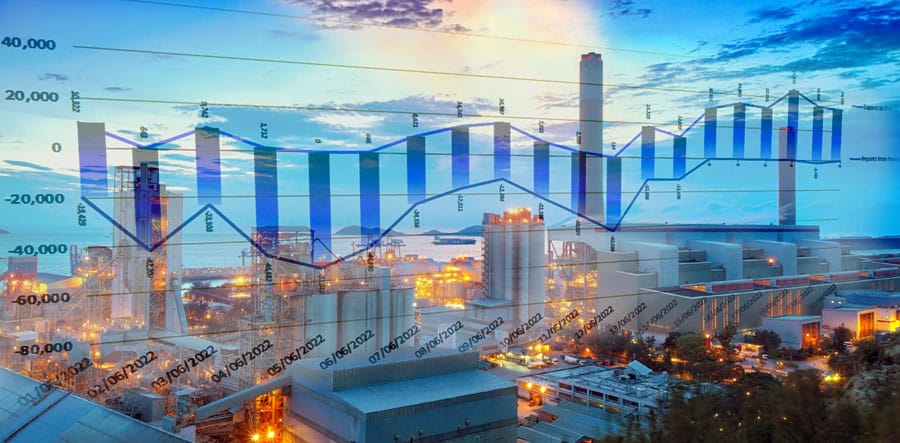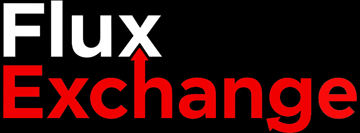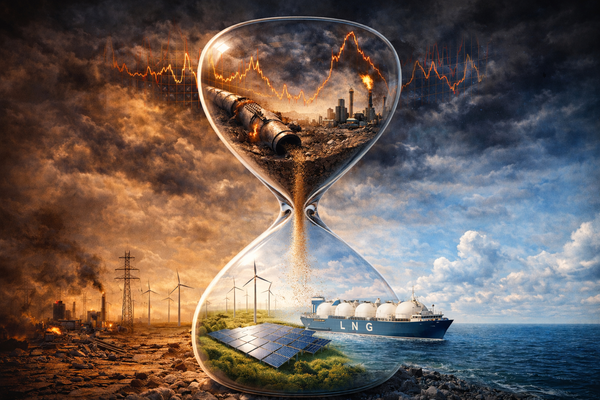Dissecting the ‘Iberian exception’
Is the Spanish gas price cap a success or failure?


Member discussion: Dissecting the ‘Iberian exception’
Read what members are saying. Subscribe to join the conversation.
Is the Spanish gas price cap a success or failure?


Read what members are saying. Subscribe to join the conversation.

How natural gas prices dictate the pace of energy transition

PLUS: Tracking the glut, cheap gas and the energy transition, 2025 in review, Chart Deck + TTF Risk Model update

New LNG physical balance index monitors glut conditions in real-time | Chart Deck — 19 Dec 2025

Spread compression intensifies, but TTF is primed to snap back | Chart Deck — 12 Dec 2025